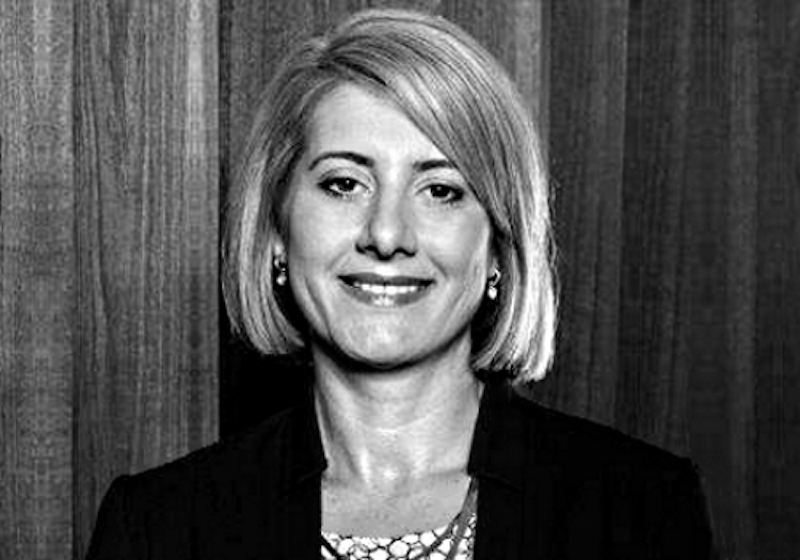
Rosanna Argall, a natural as CEO of G&C Bank
A succession plan years in the making, Rosanna Argall has been appointed as CEO of G&C Mutual Bank, an under-rated fintech and champion of digital experience.
Argall, 53, who has been acting CEO for a couple of months, replaces retiring CEO David Taylor, who is leaving after 11 years in the role.
Julian Kennelly, the chair of G&C, explained to members that Argall “has been an integral part of G&C’s cultural journey and has led the organisation, in her role as deputy CEO and alongside Dave, to deliver a sustainable mutual bank alternative built upon innovative business partnerships, digital innovation and sector-leading financial performance and capital generation”.
G&C’s board did not advertise the position nor search widely outside their own ranks.
Kennelly could also emphasise that under the leadership of Taylor and Argall over the last decade, they “transformed G&C to become one of the country’s best performing and most innovative customer-owned banks”.
The caveat here is that the board’s discipline and caution in the periodic but delicate negotiations among mutual banks and credit unions over the most strategic and member-value creating combinations, suggests G&C – with around $1.5 billion in assets - may be beginning to look sub-scale as the likes of P&N Bank, Teachers Mutual Bank, Heritage Bank and People’s Choice and others hunt the dominance of Great Southern Bank (formerly CUA) in customer-owned banking, the latter being 8 times the size of G&C.
Long talks over a union between Unity Bank and G&C foundered a year or so ago, postponing one of the seemingly more natural pieces of M&A in a sector that will soon count less than 60 ADIs. Driven by the ambitions of the larger mutual banks and more persuasion by APRA that most of the tiddlers and many of the mid-tier must face the music, G&C's ownership of its destiny amid the final consolidation waves will test Argall.
Like many of Australia’s more prosperous mutual ADI’s, Sydney-based G&C is effectively a fintech and an early mover – most notably via its deep association as a funder and part owner of SocietyOne. David Taylor continues to serve of the board of SocietyOne.
“The strategy is very sound, we are going to keep doing it the way we are doing it,” Argall told Banking Day yesterday.
“A lot of it is digital acquisition. We’ve done a lot of work on our product, our pricing and the way we work with comparison sites.
“We’ve got the digital process to make the application easy, targeting key groups such as first home owners,” she said.
With these tailwinds G&C at present is one of a handful of mutuals charging ahead in the super-competitive mortgage market.
On the bank’s analysis of APRA’s monthly banking date for April 2021, released a few days ago, G&C is producing annualised loan growth of 17.4 per cent, or four times system growth. Around half of the home loan flow is new to bank.
Teachers Mutual Bank is the industry leader on this measure, with 19 per cent annualised mortgage growth. Four more mutuals - Regional Australia Bank, Community First Credit Union and Bank of us are also growing at double digits.
In a continuation of recent trends, ANZ, NAB and Westpac have all steadily ceded home loan market share. CommBank, also on trend, is growing share in in the mortgage market, with growth of 5.5 per cent.
The blooming G&C balance sheet sharpens the fundamental dilemma of co-operative enterprises, organic capital generation via retained earnings.
“We’re very profitable,” Argall said. Over the year to June 2020, G&C reported a net profit of $6.2 million and an ROE of 5.5 per cent (near 200 bps better than the sector)
“We’re careful with our capital, and we’re seeing a slight uptick in our capital.
“We’re comfortable that we can maintain that,” Argall said.